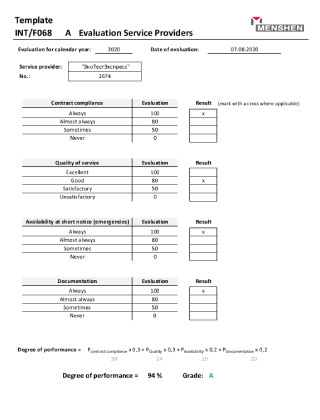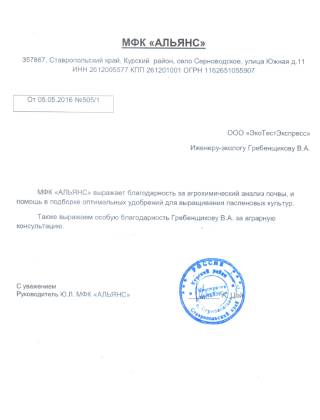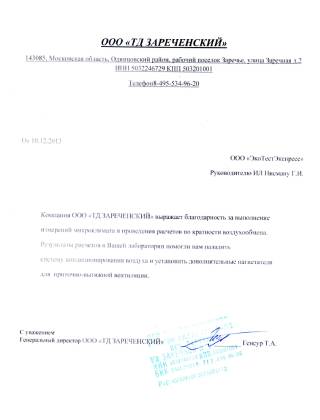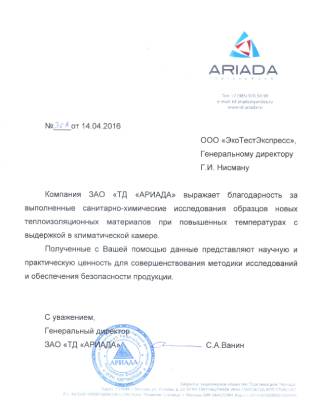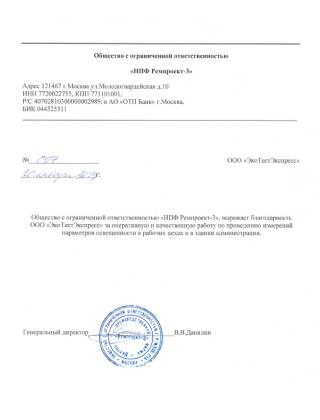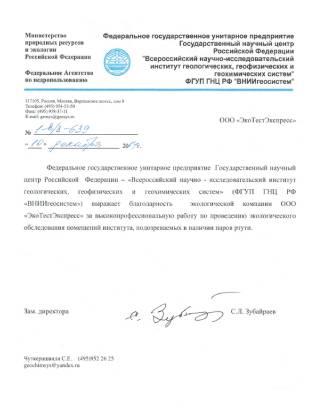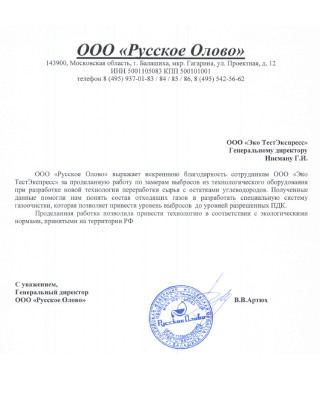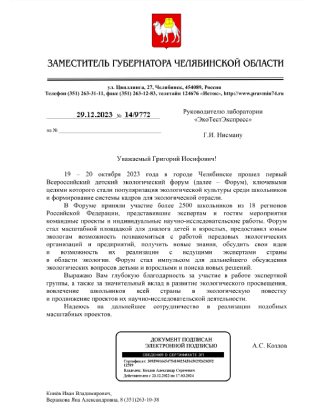- Fresh Perspectives: Navigate Today’s Rapidly Changing World with Essential Global news Updates.
- The Evolution of Information Delivery
- The Impact of Social Media
- Strategies for Identifying Misinformation
- The Role of Algorithms
- Combating Misinformation: A Shared Responsibility
- The Future of Journalism
- The Importance of Media Literacy
- New Technological Advancements
- Supporting Independent Journalism
Fresh Perspectives: Navigate Today’s Rapidly Changing World with Essential Global news Updates.
In today’s interconnected world, staying informed about current events is more crucial than ever. The rapid flow of information, often delivered instantaneously through various channels, shapes our understanding of global affairs, influences our decisions, and impacts our lives in countless ways. Access to reliable and timely information – what many refer to as simply news – is essential for responsible citizenship, informed debate, and effective participation in a democratic society. This article will explore the evolving landscape of information dissemination, examining the challenges and opportunities presented by the modern media environment.
The sheer volume of information available can be overwhelming, and discerning credible sources from misinformation or deliberate propaganda is increasingly difficult. The rise of social media platforms, while democratizing the sharing of information, has also facilitated the spread of “fake news” and echo chambers, where individuals are primarily exposed to viewpoints that confirm their existing beliefs. This presents a significant challenge to the public’s ability to form well-rounded opinions and engage in constructive dialogue.
The Evolution of Information Delivery
Historically, the dissemination of information relied heavily on traditional media outlets such as newspapers, radio, and television. These entities served as gatekeepers, curating and verifying information before presenting it to the public. While these mediums still play a role, their influence has diminished with the advent of the internet and digital technologies. The internet has empowered individuals to become content creators and distributors, bypassing traditional media channels and establishing a more decentralized information ecosystem. This shift has both positive and negative consequences, fostering greater diversity of voices but also complicating the task of verifying information accuracy.
The speed at which information travels has also undergone a dramatic transformation. Prior to the internet age, news cycles were typically measured in days, allowing time for fact-checking and in-depth reporting. Today, information can spread globally in a matter of seconds, often without adequate verification. This can have serious consequences, particularly in situations involving breaking events or public emergencies.
| Newspapers | Primary source of in-depth reporting and analysis. | Declining readership, adapting to digital platforms. | Financial sustainability, combating misinformation. |
| Radio | Real-time news updates, local coverage. | Niche audiences, podcasting, streaming services. | Competition from digital audio platforms. |
| Television | Visual storytelling, reaching mass audiences. | Fragmented viewership, streaming services, on-demand content. | Maintaining audience engagement, adapting to changing viewing habits. |
| Internet | Emerging source of information. | Dominant source of news, social media, user-generated content. | Misinformation, echo chambers, data privacy. |
The Impact of Social Media
Social media platforms have fundamentally altered the way people consume and share information. Platforms like Facebook, Twitter, and Instagram have become primary sources of news for many individuals, particularly younger demographics. These platforms offer the convenience of instant updates and personalized content feeds, but they also present unique challenges related to the spread of misinformation and the formation of echo chambers. Algorithms prioritize engagement over accuracy, which can inadvertently amplify sensational or misleading content.
The virality of information on social media makes it difficult to control the narrative and combat the spread of false or misleading claims. The rapid dissemination of “fake news” can have real-world consequences, influencing public opinion, eroding trust in institutions, and even inciting violence. The ability to easily share and reshare content also contributes to the formation of echo chambers, where individuals are primarily exposed to viewpoints that confirm their existing beliefs, reinforcing biases and hindering constructive dialogue.
Strategies for Identifying Misinformation
- Check the Source: Evaluate the credibility and reputation of the news provider. Look for established organizations with a track record of accurate reporting.
- Read Beyond the Headline: Examine the full article to understand the context and nuances of the story.
- Cross-reference Information: Compare the information with reports from other credible news sources.
- Be Wary of Emotional Appeals: Sensational or emotionally charged headlines are often indicators of biased or inaccurate information.
- Look for Evidence: Check if the article provides supporting evidence, such as data, research, or expert opinions.
The Role of Algorithms
Social media algorithms play a significant role in determining the news that users see. These algorithms are designed to prioritize content that is likely to engage users, but they are not necessarily optimized for accuracy or objectivity. In many cases, algorithms prioritize sensational or emotionally charged content, which tends to generate more clicks and shares. This can create a “filter bubble,” where users are only exposed to information that confirms their existing beliefs. Understanding how algorithms work is crucial for critically evaluating the information that appears on social media platforms.
Combating Misinformation: A Shared Responsibility
Addressing the challenge of misinformation requires a collaborative effort involving individuals, media organizations, and social media platforms. Individuals have a responsibility to critically evaluate the information they encounter, to fact-check claims before sharing them, and to be mindful of their own biases. Media organizations must continue to uphold journalistic standards, to prioritize accuracy and objectivity, and to provide in-depth reporting that counters misinformation. Social media platforms need to take greater responsibility for the content that is shared on their platforms, to invest in fact-checking resources, and to develop algorithms that prioritize accuracy over engagement.
The Future of Journalism
The traditional business model of journalism has been disrupted by the rise of the internet and digital technologies. Declining advertising revenue and the proliferation of free content have made it challenging for traditional news organizations to maintain their financial stability. This has led to layoffs, newsroom closures, and a decline in investigative journalism. However, new opportunities are emerging, driven by innovative business models and a growing demand for high-quality, independent journalism.
One promising trend is the rise of subscription-based news services, where readers pay directly for access to content. This model allows news organizations to reduce their reliance on advertising revenue and to focus on providing valuable, in-depth reporting. Another trend is the growth of non-profit journalism, where organizations are funded by donations and grants. This model can help to ensure the independence and objectivity of journalism, free from the influence of corporate or political interests.
- Investigative Journalism: In-depth reporting on complex issues, holding power accountable.
- Data Journalism: Using data analysis to uncover and tell stories.
- Solutions Journalism: Focusing on potential solutions to social problems.
- Local Journalism: Covering issues that directly affect communities.
The Importance of Media Literacy
In an era of information overload and misinformation, media literacy is more important than ever. Media literacy involves the ability to critically evaluate information, to identify bias, to distinguish between fact and opinion, and to understand how media messages are constructed. It is a crucial skill for responsible citizenship and informed decision-making. Schools and educational institutions have a vital role to play in promoting media literacy, equipping students with the tools they need to navigate the complex information landscape. Individual citizens also have a responsibility to educate themselves about media literacy, to be critical consumers of information, and to share their knowledge with others.
New Technological Advancements
Artificial intelligence (AI) is beginning to play an increasing role in the production and dissemination of news. AI-powered tools can be used to automate tasks such as fact-checking, data analysis, and content personalization. While AI offers the potential to improve the efficiency and accuracy of journalism, it also raises concerns about bias, algorithmic transparency, and the displacement of human journalists. The ethical implications of using AI in journalism must be carefully considered to ensure that these technologies are used responsibly and in a way that benefits society. Furthermore, technologies like blockchain offer potential solutions for verifying the authenticity of information and combating misinformation.
Supporting Independent Journalism
Supporting independent journalism is essential for maintaining a well-informed public and a healthy democracy. Individuals can support independent journalism by subscribing to news services, donating to non-profit journalism organizations, and sharing high-quality content with their networks. Policy makers can also play a role by enacting policies that support a diverse and independent media ecosystem, such as tax incentives for subscriptions to news organizations and funding for public broadcasting.
In conclusion, remaining cognizant and proactive in navigating the world of information is paramount. The current landscape presents complexities, but by embracing critical thinking, and promoting media literacy, and supporting quality journalism, we can better discern truth, foster constructive dialogues, and move toward a more informed and engaged citizenry.











